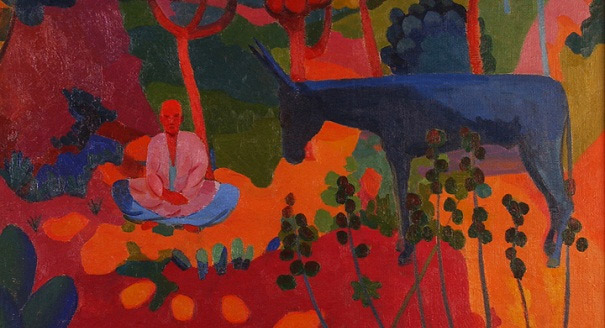Registration
You will receive an email confirming your registration.
IMGXYZ4061IMGZYXPlease join us and the Eurasia Foundation for a screening of “The Desert of Forbidden Art,” the incredible story of how a treasure trove of banned Soviet art worth millions of dollars was stashed in a far-off desert of Uzbekistan. Marinika Babanazarova, director of the Savitsky Karakalpakstan Art Museum, and a Eurasia Foundation Bill Maynes Fellow, will join us for a discussion after the screening. Carnegie’s Thomas de Waal will moderate.
During the Soviet regime, a small group of artists remain true to their vision despite threats of torture, imprisonment, and death.
Their plight inspires frustrated young painter, Igor Savitsky. Pretending to buy state-approved art, Savitsky instead daringly rescues 40,000 works from forbidden artists and creates a museum in the desert of Uzbekistan, far from the watchful eyes of the KGB. Though a penniless artist himself, he cajoles the cash to pay for the art from the same authorities who are banning it. He amasses an eclectic mix of Russian avant-garde art. But his greatest discovery is an unknown school of artists who settle in Uzbekistan after the Russian revolution of 1917, encountering a unique Islamic culture, as exotic to them as Tahiti was for Gauguin. They develop a startlingly original style, fusing European modernism with centuries-old Eastern traditions.
